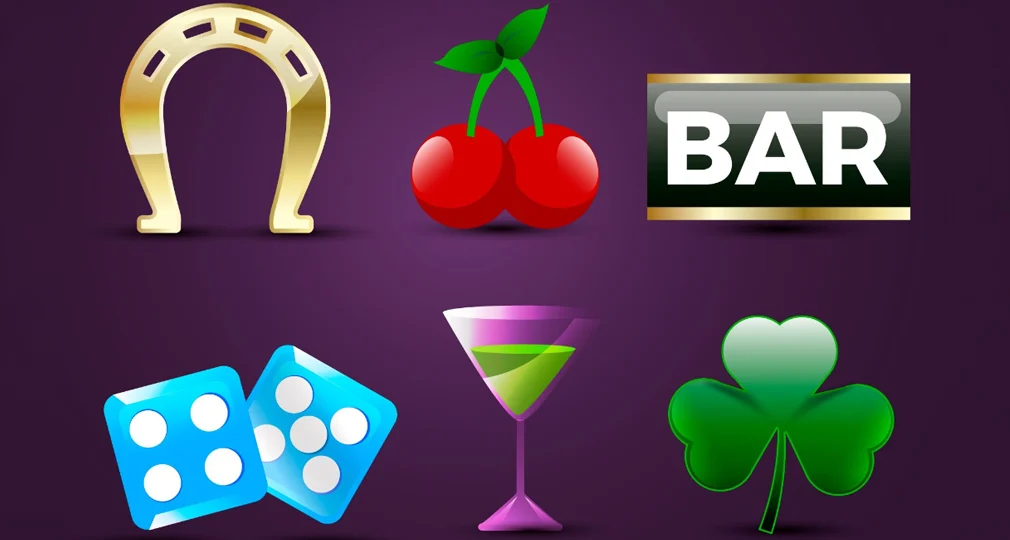Slot machines have long been a staple of the gambling industry, evolving from mechanical one-armed bandits to digital experiences packed with intricate themes and immersive graphics. While developers strive to introduce fresh ideas, they may sometimes venture into culturally sensitive territories, raising ethical concerns about cultural appropriation. This is why it may be safer—and more beneficial—to stick with universally recognized classic slot symbols like cherries and sevens.
Cultural Sensitivity in Slot Design
In today’s world, cultural representation in entertainment and media is under increasing scrutiny. The concept of cultural appropriation—using elements of a culture outside of their original context, often without understanding their significance—has led to public debates across various industries, including fashion, food, and entertainment. Slot games are no exception.
Several slot themes incorporate traditional imagery from different cultures. For example, slots inspired by Asian traditions often feature lucky symbols, dragons, and traditional figures in festive attire. Mexican-themed slots might display sombreros and piñatas, while Hawaiian-inspired slots showcase tiki totems and floral motifs. While these themes are often intended as celebrations of culture, they can sometimes be perceived as oversimplified or stereotypical representations.
When Themes Become Controversial
There have been numerous instances where seemingly harmless cultural references sparked significant backlash. Restaurants have been criticized for distributing traditional attire as promotional items, universities have faced pressure to cancel yoga classes deemed culturally inappropriate, and even food choices in school cafeterias have been scrutinized for misrepresenting international cuisines. Given these sensitivities, it’s reasonable to consider how slot machines featuring culturally specific symbols might be received.
For instance, a slot featuring caricatured depictions of cultural figures might be seen as offensive rather than celebratory. Similarly, using sacred symbols or traditional attire in a purely commercial context could be perceived as disrespectful. While gambling developers rarely face widespread backlash, the risk remains that poorly chosen themes could alienate certain audiences or provoke criticism.
The Safe Bet: Classic Symbols
To avoid controversy, developers may find it more practical to stick with timeless slot symbols. The classic cherries, sevens, bars, and bells have been used in slot machines for decades and remain widely recognized and beloved by players. These symbols carry no cultural baggage, making them a universally acceptable choice that appeals to a broad audience.
Moreover, classic slot designs evoke a sense of nostalgia, reminding players of the golden age of casino gaming. They also provide a clear, simple, and instantly recognizable aesthetic that ensures an enjoyable gaming experience without the risk of unintended offense.
Conclusion
As the gambling industry continues to evolve, developers must balance creativity with cultural awareness. While themed slots add variety and excitement, they also come with potential risks in an increasingly sensitive world. Sticking to classic symbols like cherries and sevens is a surefire way to maintain an inclusive, enjoyable, and controversy-free gaming environment. By embracing tradition, developers can ensure that their games remain timeless and universally appealing.
Read more: Popular casino games















